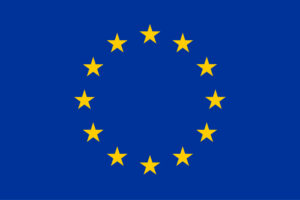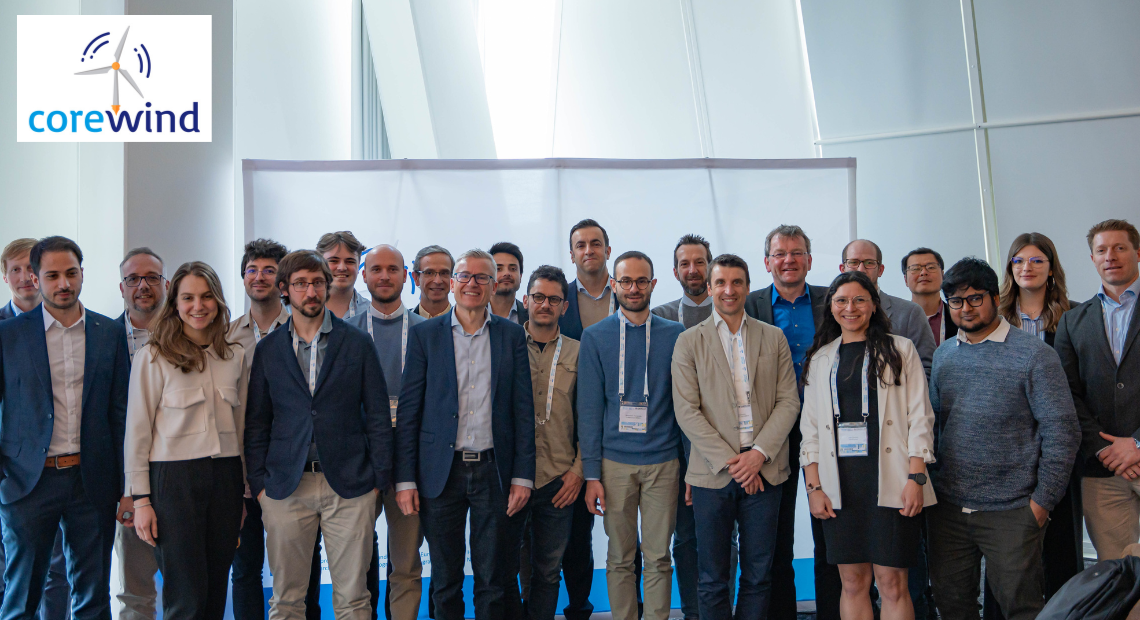Cost-reduction for floating offshore wind: why is it crucial?
Floating wind technology opens up deeper waters. It makes offshore wind possible where it wasn’t possible before. In view of international energy goals to reduce global CO2 emissions and water depths, floating offshore wind will be essential for the energy transition.
More and more countries want to build floating wind, especially in geographies with good wind resources in deep waters. In Europe, France, Spain, Norway, Italy, Ireland, and Greece have already held or will hold their first offshore wind auctions. Globally, the US, the UK, South Korea, Japan and China have joined the call too.
Although France is issuing the results of the first 250 MW auction and there are many European players with large pipelines of projects, it is still unclear where and when we will see the first commercial projects coming online in this global race.
The pace and scale of floating deployment will depend on how rapidly the technology can reduce cost. Currently the largest wind farm online is 95 MW and on average the technology can be up to twice the price of bottom-fixed.
The path to commercial scale will depend on Governments auctioning large scale floating projects and research working with the industry to design wind farms using the latest knowledge, models and tools. This is where COREWIND comes into play.
Up to 18% lower costs possible in floating offshore wind
The COREWIND project (2019-2023) achieved to cut the cost of floating offshore wind technologies by 15%, leading to costs lower than 100€/MWh.
On 25 April 2023 during the project’s final event in Copenhagen, COREWIND partners announced they achieved a cost reduction between 11% and 18% for floating offshore wind technologies with the lowest cost totalling €58.8/MWh. This is less than half of the cost of current projects in operation.
The innovative solutions that helped us reach this final cost reduction include:
- The optimisation of 2 floating sub-structures (concrete spar and semi-sub) for 15 MW floating wind turbines with simulations in three different locations (US, UK, ES).
- Optimised mooring and cable systems with innovative solutions e.g. shared anchors or shared mooring lines which can halve the costs in the best cases.
- Optimised Operation & Maintenance strategies, e.g. to exchange major components or apply additional monitoring solutions, but also optimised Transport and Installation strategies for the construction phase.
Based on these solutions, the “FowApp” has been developed. This public application calculates:
- the Levelised Cost of Energy of a wind farm with a breakdown of costs and;
- the CO2 Life Cycle Assessment of an asset from cradle-to-grave.
In some cases, COREWIND solutions helped lower the emissions to less than 20g CO2/kWh. This means it takes on average 1.5 years for a floating turbine to offset its emissions.
More than 135 experimental tests were carried out to validate the solutions including wind tunnel and basin tests. And more than 25 exploitable results were identified within the project including product services, but also transferable knowledge.
At the final event, AFLOWT and FLOATECH – two other EU-funded projects also working on floating wind – discussed the results and learnings from their project with COREWIND partners. Experts agreed that we no longer need to finance new floating designs. What we need now is to support industrialisation and to allow open access data of optimised designs and tools which are ready to use (and ready to validate) by the industry.
In total, 155 participants (almost 80 in-person + 75 online) joined the COREWIND final event, which brought an end to a very successful project benefitting the whole floating wind sector.
All COREWIND results and publications are available on the COREWIND website here and on the Zenodo platform here. The newsflash from the project can be downloaded here:
About the Corewind project
To highlight the latest project results, a new version of the COREWIND video has just been published! This updated version shows the final cost-reductions achieved through COREWIND’s solutions.
The project was coordinated by José Luis Domínguez from the Power Systems group at IREC, in consortium with 12 additional partners: DTU, INNOSEA, JDR CABLE SYSTEMS LTD, RAMBOLL GMBH, Fundación Instituto de Hidráulica Ambiental de Cantabria, UL International GMBH, WindEurope, Politecnico di Milano, UPC, COBRA Instalaciones y Servicios S.A and Universitaet Stuttgart.
This project has received funding from the EU’s H2020 research and innovation programme under grant agreement No 815083.




